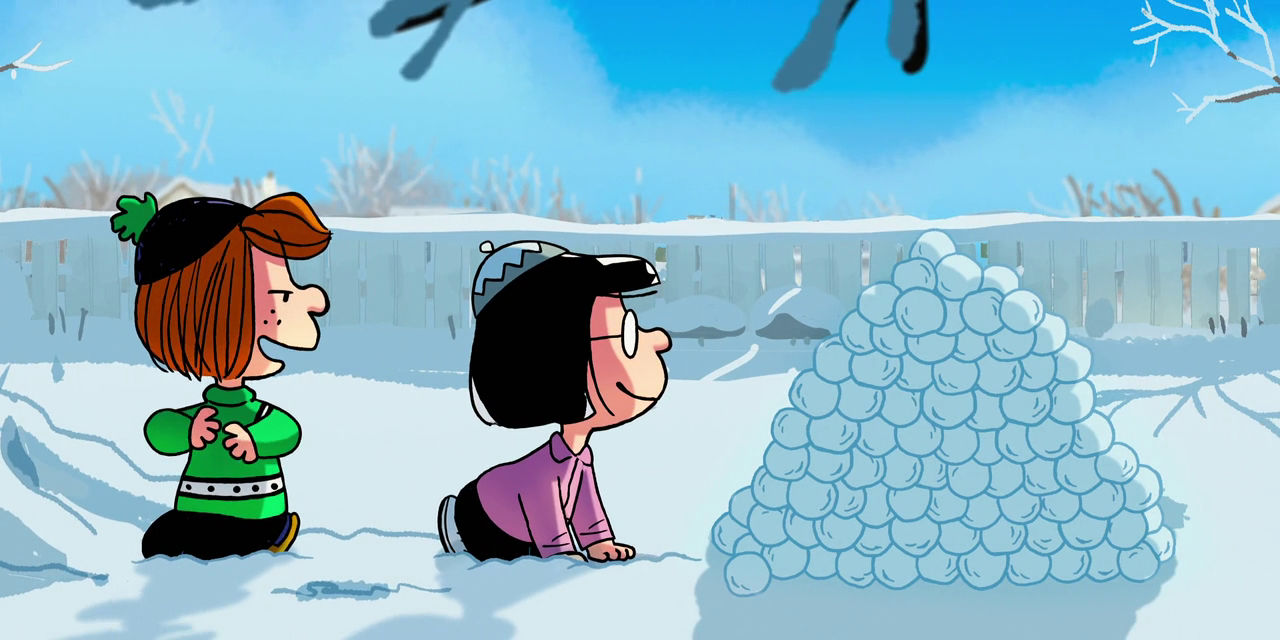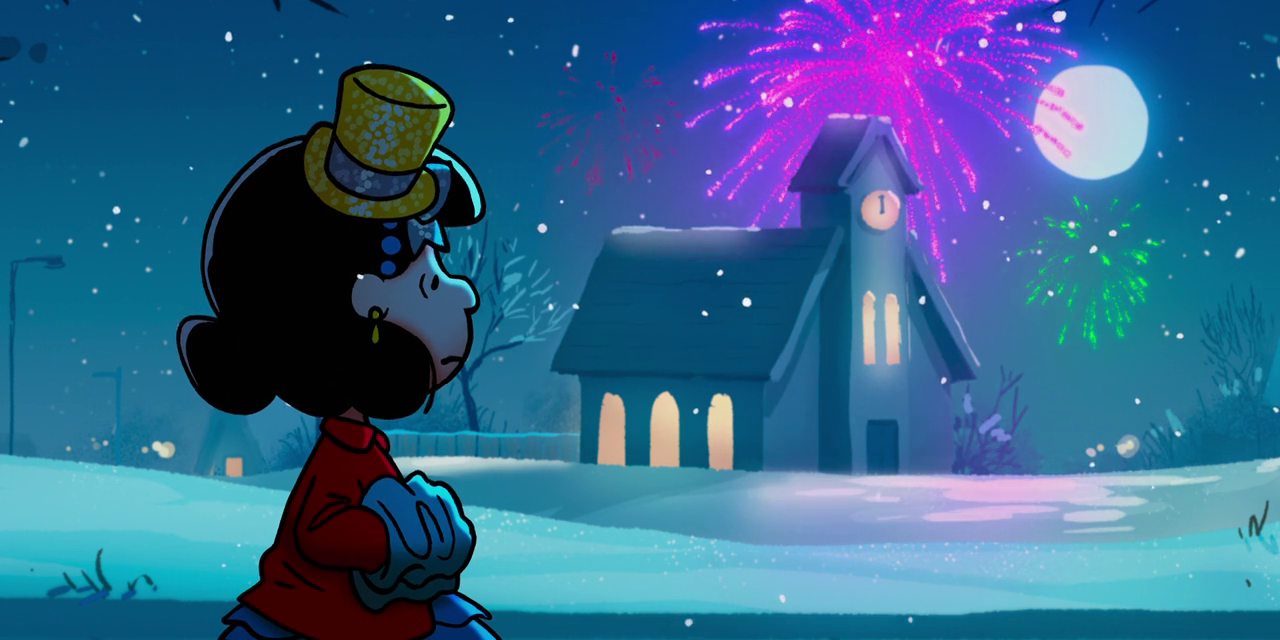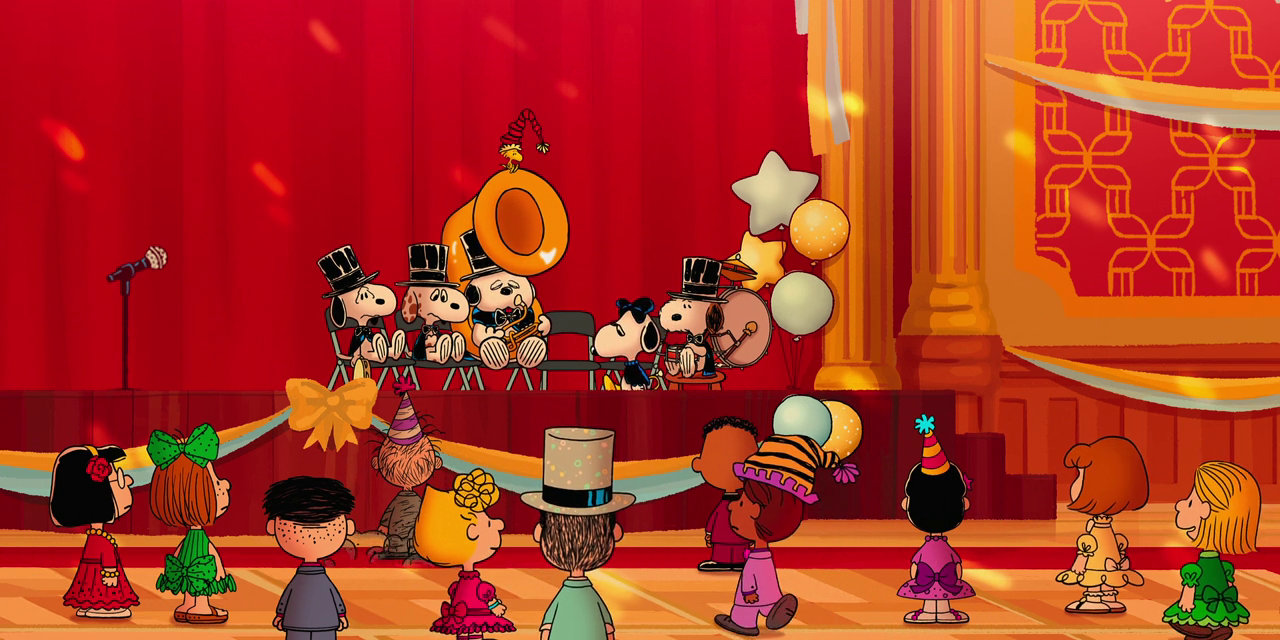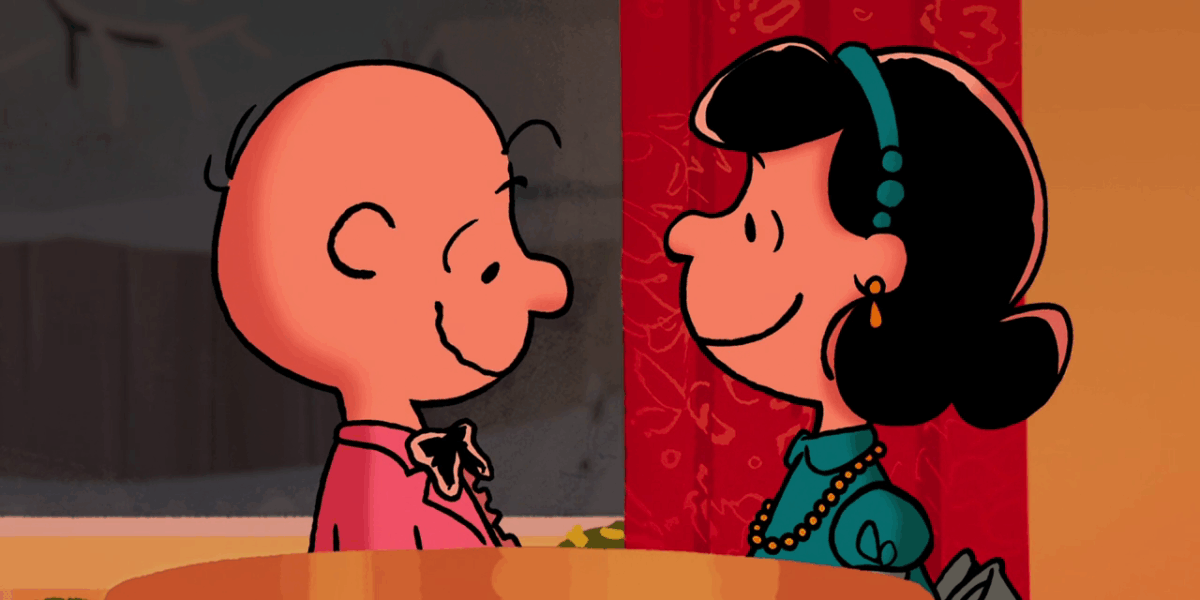A cup of kindness yet
Peanuts is one of the most cherished brands in American family entertainment thanks to the Charles Schulz comic that ran daily for a half century and the bevy of animated specials and films, mostly written by Schulz and animated by Bill Melendez. In 2018, the Schulz estate and its various investment partners came to an agreement with Apple following a major bidding war: The tech company turned streamer would get the rights to make new Peanuts shorts. Two years later, Apple also locked down an even more coveted prize: the official lineage of the Peanuts animated specials including exclusive rights to all of the classic specials themselves, taking them off network television. Many non-Apple subscribers grew angry that they’d need to pay the giant tech corporation a monthly subscription fee to see the specials that had so widely appeared on TV for decades that they seemed to be owned by the public rather than any rights-holders. Still, Apple achieved its goal of making its streaming platform the one-stop Peanuts destination.
In December 2021, Apple released its first original Peanuts animated special, the 46th in the franchise history, entitled For Auld Lang Syne. Like each of the seven to date Peanuts specials released by Apple, it appears under “Snoopy Presents” banner. This special essentially serves as a pilot for a reboot series of the franchise, a statement of form and purpose. Here’s the template it set: The runtime is about 40 minutes, which is nearly twice as long as the early Melendez specials, allowing for longer and deeper stories for the traditionally shaggy specials. (And, I’ll note here, this is certainly too long.) The specials have a main A-story depicting an existential crisis for a non-Charlie Brown character, though he’s always in tow. Meanwhile, the shorts pull from the deep roster of Peanuts characters for a bunch of little B-plots that crest into a climax pulling all the stories together. Snoopy and Woodstock get a silent slapstick misadventure plotline.

Another important choice outlined in this special carried through in each subsequent entry: A tone that is very earnest, introspective, sentimental. The shenanigans are slightly less sitcommy and sketchy than the Melendez specials, and much more novelistic. The specials don’t really hide that they take place in the 21st century with a few totems and references to cell phones, but still largely live in the same Baby Boomer-nostalgia, post-’50s space that Peanuts is always bound to. It could represent your youth, or your parents’ youth, or (at this point) your grandparents’ youth. Themes of fleeting youth and a culture growing more splintered proliferate.
We also get a strong sense of the new series of specials’ animation style in For Auld Lang Syne. It’s a tribute to the familiar Melendez designs and colors, but with a 2020s sheen. Lines are still thick and cartoonish, and characters still move sorta like cels, but the look has a digital snap. The simple but expressive style of Melendez’s animation that was so effective in bringing comics to life has been enhanced with some clearly digital touches: for example, shimmering animated effects or a roving virtual camera, especially when the whole gang fills an old theater. You can feel the team turning knobs and testing themselves — how glossy can they go before the newsprint soul flakes off? Sometimes the modern bells and whistles ding a little too loud, and the movie’s slickness overpowers its faux-Melendez simulated humility. But the visual sensibility is, overall, right to my eyes: gentle and engaging character animation on simple and colorful backgrounds.
Here’s where I make my confession: I really love what Apple is trying to with these Peanuts specials. It’s ambitious, trying to turn the Peanuts milieu into a deeper storytelling canvas about making sense of a changing world. But it’s working for me. All the specials are overlong and over-earnest, but the feelings they elicit are big and mostly earned even when the specials have a messy sprawl and indulgence. They straddle a careful tone between wistful about the past while still open to progress. I find them, in truth, existentially healing to watch.

The first of these is the weakest of the batch that I’ve seen, though. The concept is sound: a winter special (much like the very first Peanuts short was A Charlie Brown Christmas) about both looking back and looking forward, set at a countdown to the new year. This special considers the transitional time through the words in “Auld Lang Syne,” a notion that I will always be a sucker for. (See: It’s a Wonderful Life, When Harry Met Sally, The Apartment, and my favorite podcast episode ever, an essay about the song written and narrated by John Green.)
The problem comes in stretching thin the plot of Lucy battling her insecurity. It’s a subversion: Lucy (Isabella Leo), the stalwart overconfident member of the group who usually has the role of providing commentary, faces her own crisis of self-worth. She has a rough holiday when her grandmother (hinted to be unwell) opts not to visit the family. Lucy takes it very personally. She overcompensates and muscles the entire town into loving her by hosting a “perfect” New Year’s party. This story is not a total bust, but it doesn’t have enough juice for an A-plot, especially for our introductory story to the brand.
The B-plots work better: Charlie Brown (Etienne Kellici) reckons with his unfulfilled and future resolutions (this should have been the A-plot); Linus (Wyatt White) tries to keep peace and sanity, supporting Lucy’s party as she grows more and more domineering; Sally (Hattie Kragten) struggles to stay awake until midnight; and Snoopy wants to get a good photo of his Beagle family, who are performing at the New Years party.

Of course, the special is really more about the mood than any of the specific plot points. It is probably unnecessary for me to even say it explicitly, but For Auld Lang Syne is not at the level of A Charlie Brown Christmas in capturing holiday ennui, but it has a really lovely feeling to it. My favorite part of the special, other than the tear-jerking finale that does indeed make great use of the title song, is the collection of little snapshots of winter mood. (As a movie nerd, my favorite is of course Charlie Brown’s conversation with Sally about Citizen Kane.) They do a great job of coloring the characters and mood.
It definitely could and probably should be ten minutes shorter, which goes for all the Snoopy Presents entries I’ve seen. I also think a bit more bittersweetness would cut the sentimentality; what makes classic Peanuts feel good is that the sweetness creeps in quietly. But I don’t mind the noodling too much because it gives us more shaggy charm to soak in. For Auld Lang Syne, like each Snoopy Presents special, is a warm and watchable treat.
Is It Good?
Good (5/8)
Dan is the founder and head critic of The Goods. Follow Dan on Letterboxd. Join the Discord for updates and discussion.

